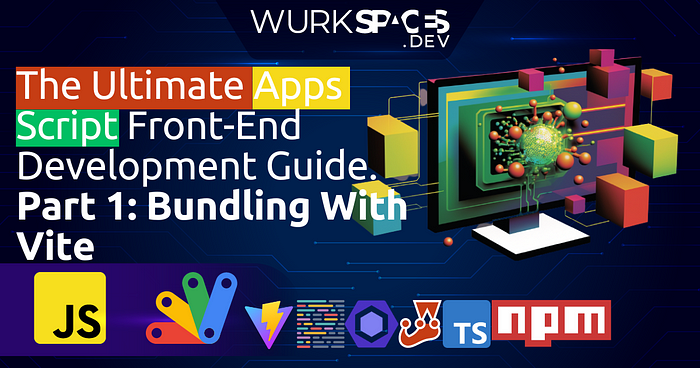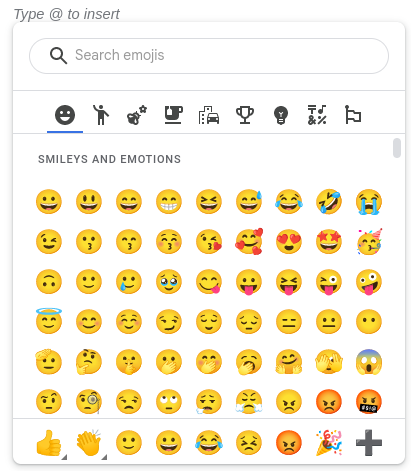Highlight Duplicate Rows in spreadsheets efficiently and accurately with Google Apps Script for coders and non-coders.
Some nice techniques in this post which shows you how you can highlight duplicate rows in a Google Sheet using Google Apps Script. If you need to modify there is a isDuplicateRow() which could be modified to suit your needs. Another nice solution in this example is the inclusion of function to getRandomUniqueColor(), which returns a random hex colour.
Source: How to Highlight Duplicate Rows in Google Sheets?

Member of Google Developers Experts Program for Google Workspace (Google Apps Script) and interested in supporting Google Workspace Devs.













